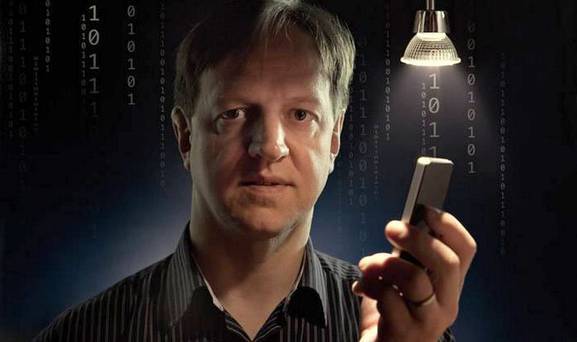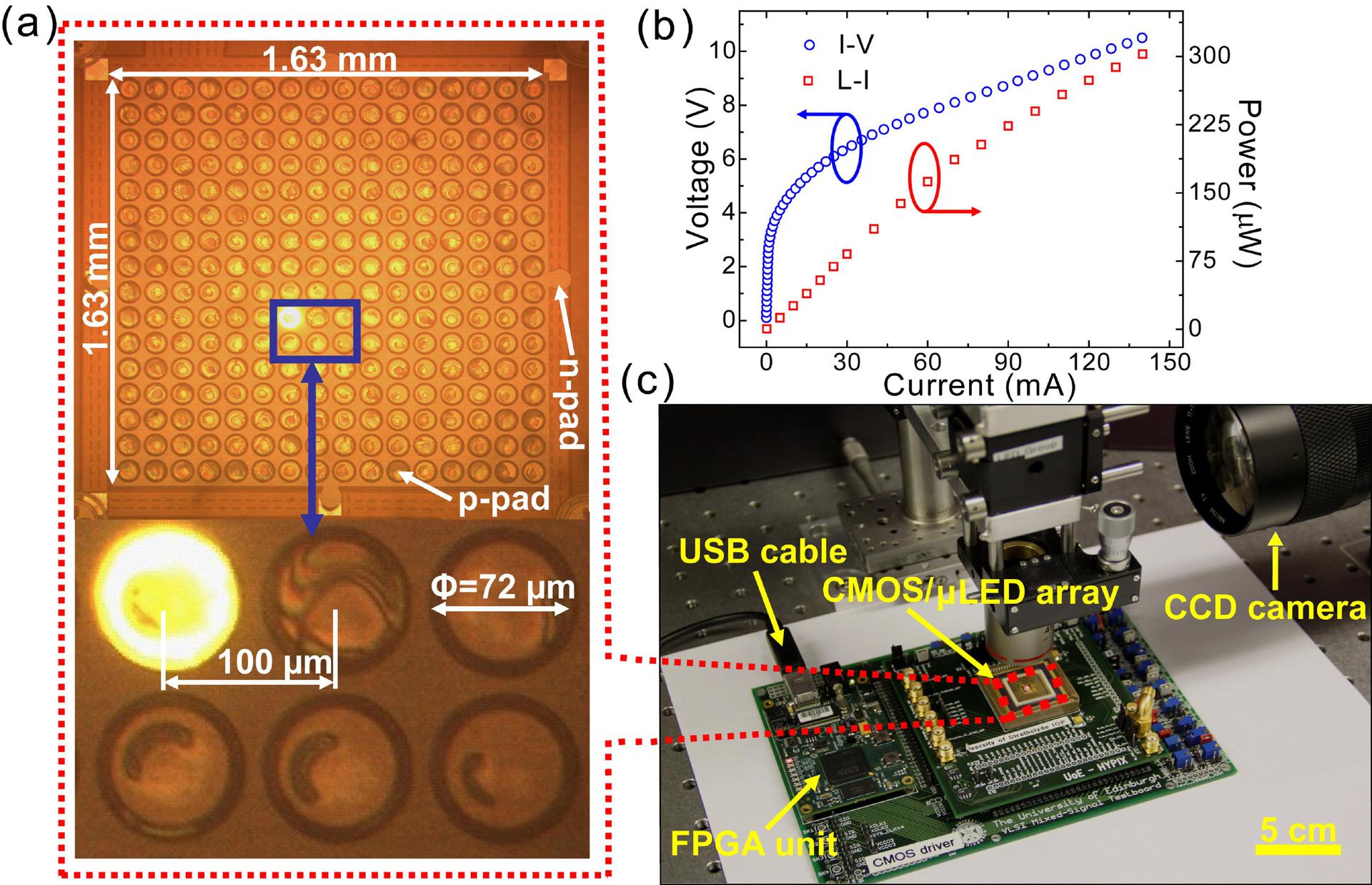Li-Fi is preparing to compete with Wi-Fi

Communication using visible light (VLC) is already beginning to compete with Wi-Fi. Researchers at the University of Edinburgh, led by a recognized global authority on VLC, Professor Harald Haas, show impressive progress in their project to develop “ ultra-parallel communications using visible light,” using arrays of different colors of LEDs to increase data transmission speeds. A project worth almost £ 6 million is funded by the British government. One type of VLC, data transmission by LEDs, Professor Haas dubbed Li-Fi - this term is already considered established.

Of course, completely replace the standard now Wi-Fi is not easy. However, as the professor said in an interview with the IEEE Spectrum , “All components, all mechanisms already exist. You just need to put them together and make them work. ” At the October IEEE Photonics Conference, the developers showed a working prototype of the system using red, blue and green LED LEDs. The data transfer rate of such a system was 110 mb / s. With one-way transfer, they reached a speed of 155 MB / s.
')

Haas says that speed is limited by the design of existing LEDs on the market and using them simultaneously as sources and light sensors. But the group managed to create an LED and achieve high speeds using separate avalanche photodiodes for receiving the signal. Such photodiodes amplify the signal they receive, since the only photon in them causes a cascade of electrons. When using simple lenses, the group can already transmit data at a distance of up to 10 meters at a speed of 1.1 Gb / s, and they expect speeds up to 15 Gb / s - while 802.11ad Wi-Fi is capable of delivering at 60 GHz limit not more than 7 Gb / s.
Regardless of the Haas group, in Germany at the Fraunhofer Institute of Photonic Microsystems, they announced plans to demonstrate the Li-Fi access point of their development in November. Their technology is designed primarily for industrial customers, and not for everyday use and will use infrared receivers and transmitters. The expected data transfer rate is 1 Gb / s, which is comparable with data transfer via USB cable. For Wi-Fi to reach such speeds is quite difficult. In addition, in Wi-Fi, the response speed is measured in milliseconds, and in Li-Fi, in microseconds. On production, the speed of response of sensors and the speed of data exchange between sensors, actuators and the control device can be critical.
An interesting application of the technology was found by Philips, which developed a VLC-based system to help supermarket buyers. The supermarket, which installed their system, offers customers to download an application on their smartphone that helps them make purchases. The system tracks the position of the buyer in the store, builds him a map of the way to those things that he needs to buy and, depending on his location, offers him discounts on goods in the vicinity.

In addition to speed, VLC technology has other advantages. Communications do not penetrate walls, which potentially protects them from hacking. In this case, a direct line of sight is not always necessary, you can use the light reflected from the walls. They can be used in places sensitive to radio waves - airplanes, hospitals, nuclear power plants. Wi-Fi has almost exhausted the possible range of radio waves, and the range of visible radiation is about 10,000 times wider than the radio. It is also expected that the cost of VLC receivers and transmitters will be significantly less. The disadvantages of the system are short distances, the need for direct visibility to achieve high speeds and possibly the high cost of installation.
Source: https://habr.com/ru/post/363311/
All Articles